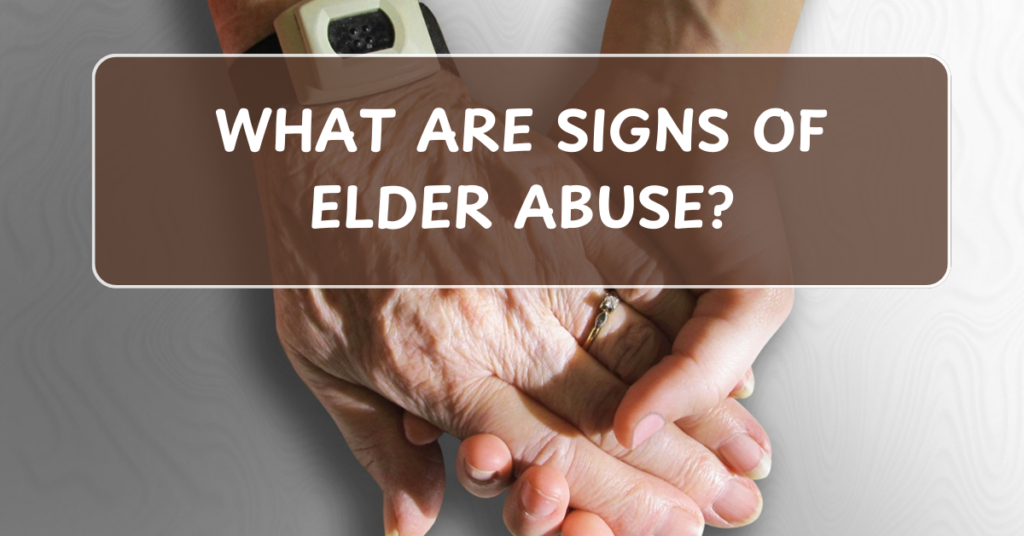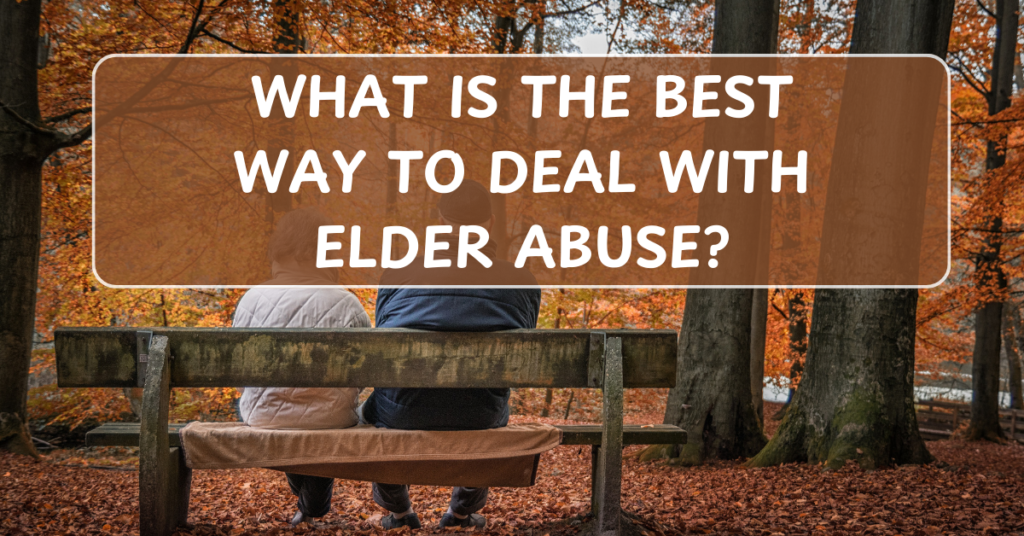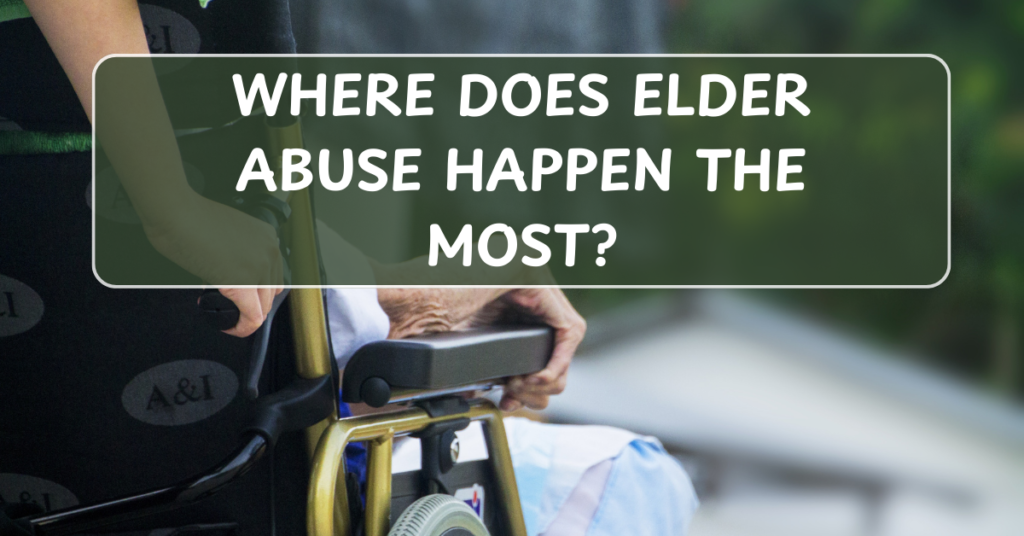
Elder abuse is a serious issue that affects millions of older adults worldwide. Recognizing the signs is crucial to protect vulnerable individuals and intervene appropriately. Abuse can take various forms, including physical, emotional, financial, sexual, and neglect. Below is a comprehensive guide to the warning signs of elder abuse in different categories.
1. Physical Abuse
Physical abuse involves the use of force, resulting in injury, pain, or impairment.
Signs:
- Unexplained Injuries: Bruises, cuts, burns, or broken bones that don’t match the explanation given.
- Frequent Hospital Visits: Repeated trips to the emergency room or delays in seeking medical care.
- Signs of Restraints: Marks on wrists or ankles suggesting the use of physical restraints.
- Fear of Caregivers: The elder appears frightened, flinches, or avoids certain individuals.
2. Emotional or Psychological Abuse
This form of abuse involves verbal assaults, threats, or isolation, which harm the elder’s emotional well-being.
Signs:
- Behavioral Changes: Unusual mood swings, withdrawal, depression, or anxiety.
- Fearfulness: The elder appears scared, nervous, or agitated, especially around certain people.
- Helplessness: Expressions of hopelessness, confusion, or low self-esteem.
- Isolation: The elder is intentionally kept from seeing friends or family.
3. Financial Abuse
Financial abuse involves the unauthorized or illegal use of an elder’s funds, assets, or property.
Signs:
- Unusual Bank Activity: Sudden withdrawals, unexplained transfers, or large financial transactions.
- Missing Assets: Loss of valuables, property, or money.
- Unpaid Bills: Despite having resources, bills remain unpaid, or utilities are shut off.
- Forced Signatures: Suspicious changes to wills, powers of attorney, or financial documents.
- Overdependence: A caregiver appears overly reliant on the elder’s finances for their own needs.
4. Sexual Abuse
Sexual abuse involves non-consensual sexual contact or behavior.
Signs:
- Bruising or Injuries: Around the genital or anal areas.
- Infections or STDs: Unexplained sexually transmitted infections or urinary tract infections.
- Emotional Changes: Unusual anxiety, fear, or withdrawal related to physical touch.
- Behavioral Clues: Reluctance to undress or sudden changes in clothing preferences.
5. Neglect
Neglect occurs when caregivers fail to meet the elder’s basic needs, either intentionally or unintentionally.
Signs:
- Poor Hygiene: Unwashed appearance, dirty clothes, or body odor.
- Malnutrition or Dehydration: Noticeable weight loss, dry skin, or lack of necessary nourishment.
- Unsafe Living Conditions: Clutter, lack of heating, or hazardous environments.
- Untreated Medical Issues: Bedsores, infections, or illnesses that go unattended.
6. Self-Neglect
Self-neglect occurs when an elder fails to care for their own basic needs, often due to physical or mental health issues.
Signs:
- Living in Unsanitary Conditions: Hoarding, unclean spaces, or lack of running water.
- Health Decline: Neglected medical conditions, frequent illness, or unmanaged chronic diseases.
- Inability to Meet Needs: Failing to pay bills, buy groceries, or maintain personal hygiene.
7. Social Abuse
This involves restricting the elder’s social interactions and isolating them from loved ones.
Signs:
- Reduced Contact: The elder rarely communicates with family or friends.
- Limited Mobility: A caregiver discourages or prevents the elder from leaving the house.
- Overcontrol: A caregiver monitors calls, emails, or visits excessively.
How to Respond If You Suspect Elder Abuse
- Ask Questions: Gently ask the elder about their well-being in private.
- Document Observations: Keep a record of physical signs, financial irregularities, or changes in behavior.
- Contact Authorities: Report concerns to Adult Protective Services (APS), law enforcement, or elder abuse hotlines.
- Seek Medical Help: If the elder is injured, get them medical attention immediately.
Conclusion
Elder abuse can have devastating effects, but recognizing the signs is the first step toward prevention and intervention. If you suspect abuse, act promptly to ensure the safety and well-being of the elder. By staying vigilant and informed, you can help protect the most vulnerable members of our community.


